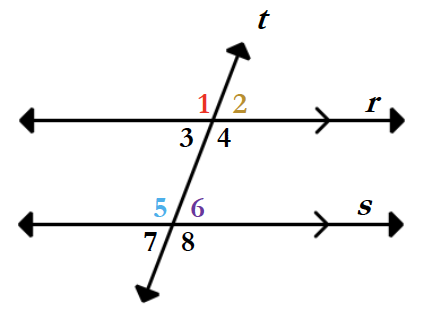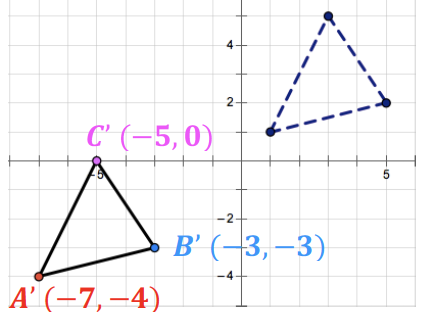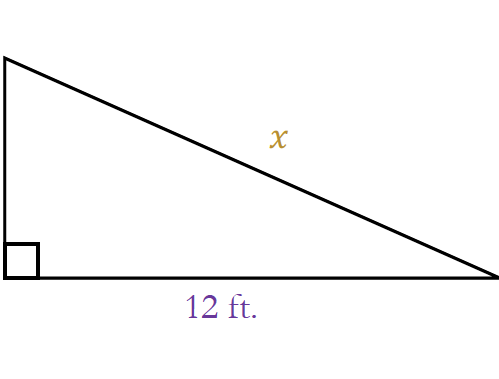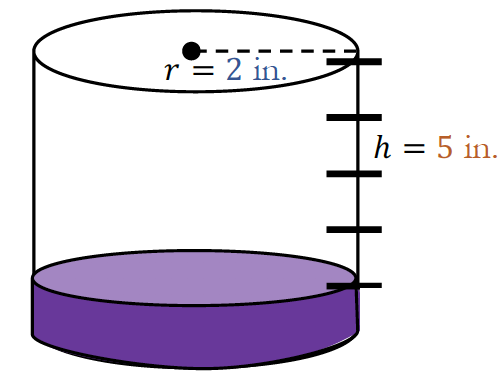Curricular Materials
Description of the Materials
A goal of our project was to develop animated contrasting cases for middle school geometry content in order to help develop student’s procedural and conceptual knowledge of geometry. We based the development of our materials on Rittle-Johnson and Star’s (2011) framework for types of comparison. This framework supported our creation of four types of Worked Example Pairs (WEPs). The distinctions between the types of WEPs are described below.
- Which is correct?
- Features of the WEP: The same problem is solved with a correct and an incorrect strategy.
- Focus of the Comparison: Determine where the error occurred, or determine why the justification does not make sense.
- Which is better?
- Features of the WEP: The same problem is solved in two correct, different ways.
- Focus of the Comparison: Determine which of the methods presented is more efficient.
- How do they differ?
- Features of the WEP: Two different problems are solved two different ways.
- Focus of the Comparison: Make connections between the two tasks and the underlying mathematics.
- Why does it work?
- Features of the WEP: The same problem is solved in two correct, different ways.
- Focus of the Comparison: Develop a conceptual understanding about why the solution strategy works and generalize to other problems.
We created WEPs of different types for each of our four units: Angles, Pythagorean Theorem, Transformations, and Volume. Any given WEP includes two individual pages for each student’s solution method, a side-by-side page with both students’ solutions, a discussion page, and a “final thoughts” page. The side-by-side page allows students to compare, contrast, and make connections between the two solution strategies. The discussion page has various procedural and conceptual questions that help scaffold students’ understanding of the main idea of the WEP. The “final thoughts” page summarizes the main idea of the WEP to ensure student understanding.
Materials
The description of each WEP and the paper-based materials are linked below. The animated materials will be available Fall 2020.



